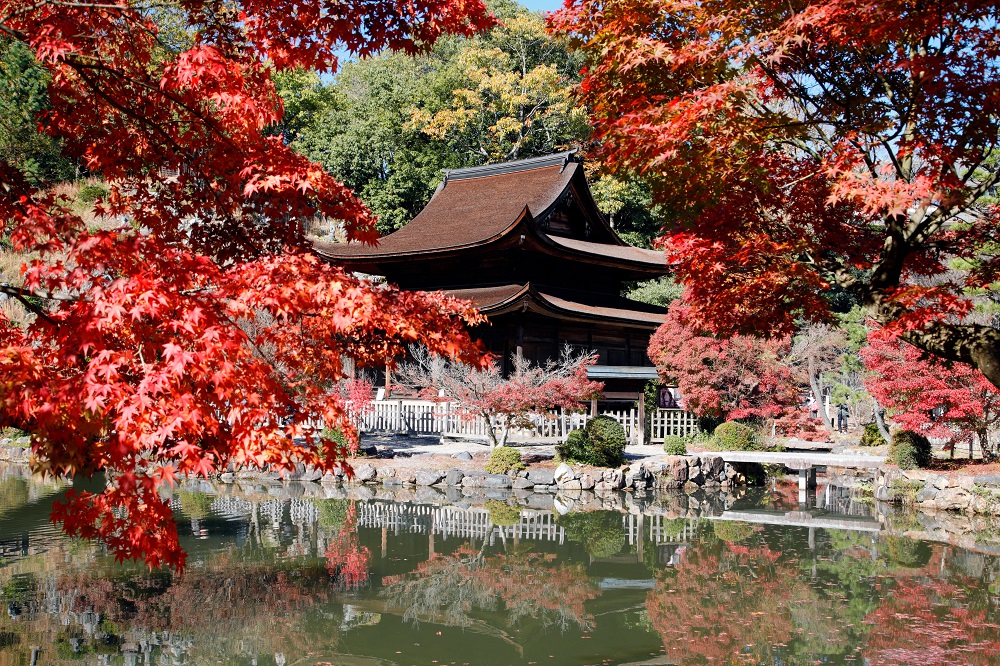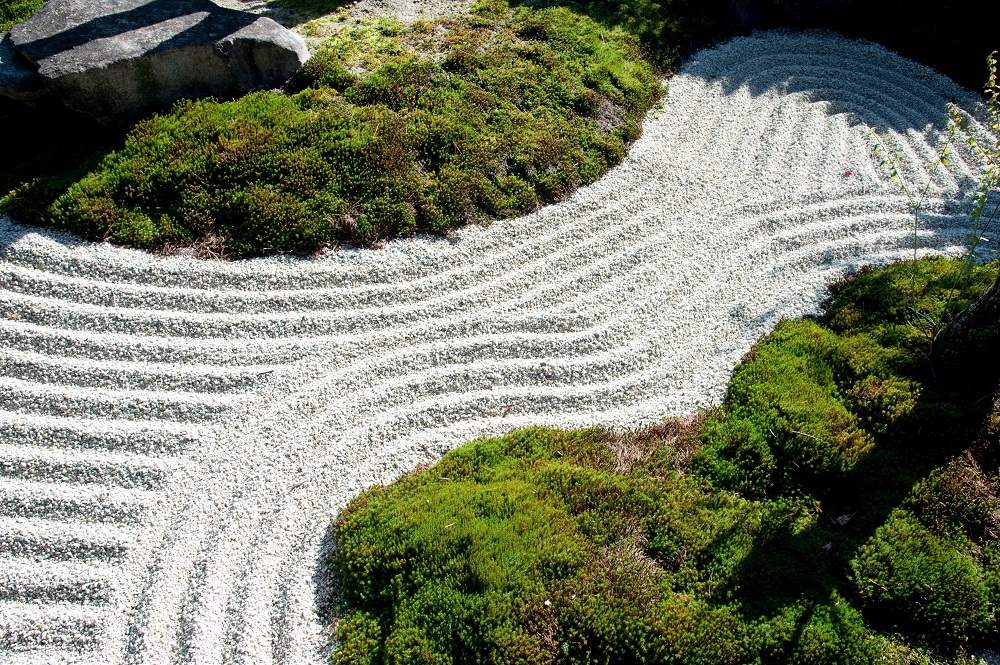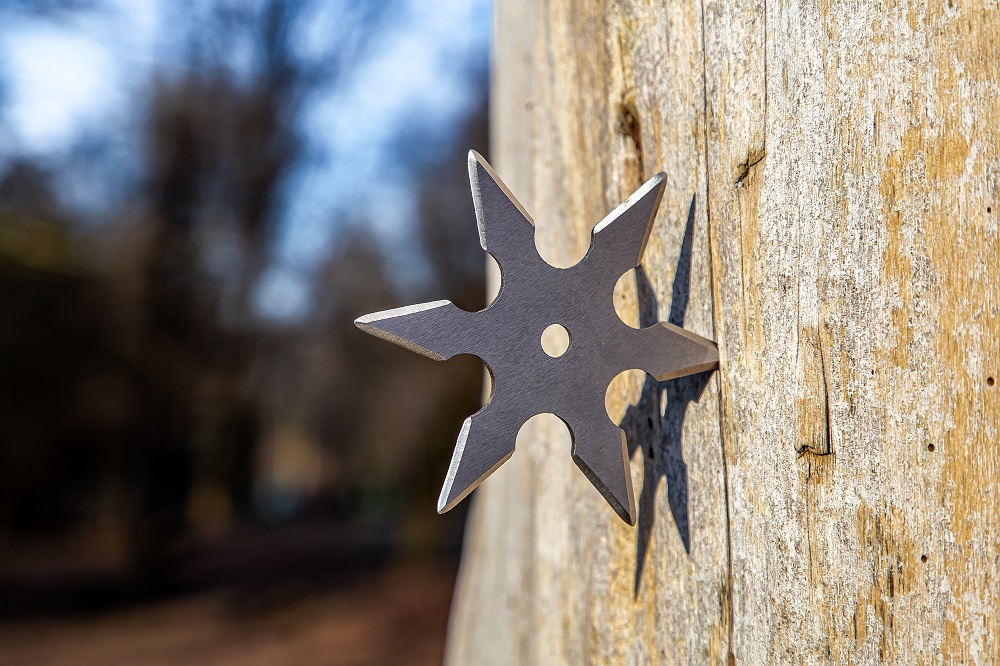Japan has many cultural heritage sites based on its history and traditions. Some traditional culture can not only to be seen but also experienced, which will give you a chance to truly learn about Japan. Popular experiences among visitors to Japan include tea ceremony and flower arrangement, viewing traditional performing arts such as Kabuki and Noh, touring Japanese gardens, and visiting traditional craft workshops.

Japanese flower arrangement styles ikebana and kado are the traditional art of arranging plants and flowers beautifully in vessels, are based on the premise of the pursuit of artistry and customarily appreciated from one direction. Western floral arrangement is more about gorgeousness in appearance from any perspective. Ikebana and kado are similar, but kado emphasizes etiquette and spiritual cultivation more. It takes time to learn Japanese flower arrangement, but many ikebana schools offer trial classes, so if you like flowers, please join one.

Japanese tea ceremony is not only about making and drinking tea, but also includes many artistic elements concerning manners and spatial presentation for entertaining guests. The set structure is detailed in everything from how to drink tea and use utensils to when and how to eat sweets. If you are interested, join a beginner's trial class.

Japan has many traditional crafts. Many of them have a long history and are highly artistic, fascinating to observers. Depending on the region you visit, there are crafts unique to that area, with galleries and workshops available. Some of the most popular experiences include pottery making, glass craft, dyeing, weaving, and Japanese papermaking. Participate in anything that interests you!

Japanese gardens are artificial compositions of natural landscapes in the Japanese style, providing clues to the country’s unique view of nature. The beautiful gardens are well worth seeing, but it is even more satisfying to walk around the grounds with a guide and learn about the meaning of the garden and its history.

Kimono is a traditional Japanese costume worn on special occasions such as coming-of-age ceremonies and weddings. Many people are attracted by its glamour, but they are sometimes surprised when it comes to wearing one. For example, to wear a kimono beautifully, a towel is wrapped around the body to correct its shape, and in many places, strings are tied to prevent the kimono from falling apart. There are many types of accessories required, and not many Japanese can put a kimono on by themselves. In recent years, the number of English-speaking kimono rental stores has been increasing in tourist spots, so why not choose a favorite kimono and have a professional dress you? When you do, don't forget to ask for tips on how to walk and use the restroom!

Zazen is a practice of Buddhism that aims to correct posture, unify the mind, and face oneself. It is used in the Rinzai and Soto sects of Buddhism, with distinct etiquette for each. Relaxation is achieved by sitting in the lotus crossed-legged position with a straight back and eliminating distractions while taking deep abdominal breaths. In recent years, more and more temples offer zazen experiences in English, so if you are interested, please give it a try. For those who wish to learn more about Buddhism, there is also the Shukubo lodging experience. You can stay in temple accommodations and participate in the same meals and practices as the monks.

Since the Sengoku Period, ninja have been employed by feudal lords and others to gather information on enemies and sabotage them. Unique tools and techniques called ninjutsu are used to accomplish their missions. These include shuriken, small hand blades used to defend oneself by being thrown at enemies, and makibishi, dried plants or other objects with pointed ends that are used like caltrops scattered on the ground to fend off pursuit by opponents. Ninja have existed throughout Japan, but the most famous are the Koga Ninja from Shiga Prefecture and Iga Ninja of Mie Prefecture, both of which have ninja residences and memorial museums where visitors can enjoy the ninja experience. Wouldn’t wearing a ninja costume and practicing ninjutsu make for an unforgettable trip!

Zenkoji Temple dates back over 1,400 years and has been widely known and endeared since ancient times as a temple not affiliated with any particular religious sect, but rather welcoming to people of a....
Togakushi is located in the northwestern part of Nagano City and was once visited by many ascetic practitioners as a sacred site. The area is designated as Myoko-Togakushi renzan National Park, where ....
Cormorant fishing is a traditional fishing method practiced mainly in China and Japan, characterized by the use of birds called cormorants to catch sweetfish, etc. Four species of cormorants live in J....
Renowned for its gassho style and unique buildings perfect for the local climate, Shirakawa-go and Gokayama Gassho style Village were designated as an Important Preservation District for Groups of Tra....
Located in Ueno Park (Iga Ueno Castle) in Iga City, Mie Prefecture, the Ninja Museum of Igaryu offers visitors a chance to learn about the ninja and ninjutsu of the Iga school. The Iga Ninja specializ....
The pride of Shiga Prefecture, Lake Biwa, is the largest freshwater lake in Japan. It is also the oldest lake in the country with a history dating back as far as four million years, and is one of the ....
Eiheiji Temple, founded in 1244 by Zen Master Dogen, is a Zen training center and the head temple of the Soto sect of Buddhism in Japan. Located deep in the mountains in a verdant natural setting, the....
Kenrokuen is one of the three most famous gardens in Japan, alongside Okayama Korakuen in Okayama City, Okayama Prefecture, and Mito Kairakuen in Mito City, Ibaraki Prefecture. As one of the most famo....
Higashi Chaya District is located about 10 minutes by bus from JR Kanazawa Station. It is the largest of the three teahouse districts (Higashi Chaya, Kazue-machi Chaya, and Nishi Chaya) that still rem....
Located in the northwest of Noto Peninsula, Wajima City in Ishikawa Prefecture has a population of about 30,000 and is blessed with abundant nature and the sea. Wajima is most famous for its Shiroyone....
Gokayama is a region of forty small villages nestled in abundant nature in Nanto City, Toyama Prefecture, famous for its houses built in the gassho-style, which represent Japan's wooden culture. In 19....
The Tateyama Kurobe Alpine Route is one of the world's most famous mountain tourism roads, stretching 37.2 km through the 3,000-meter-high peaks of the Northern Alps and connecting Toyama and Nagano p....
Kurobe Gorge in Toyama Prefecture is one of the most famous V-shaped gorges listed in the "Three Great Valleys" and the "100 Best Unexplored Areas" in Japan. It spans a total length of 86 km and an el....